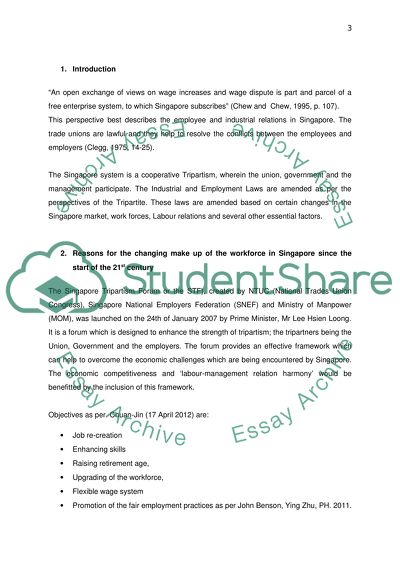Cite this document
(“Industrial relation_Changes to Employment Legislation in Singapore Essay”, n.d.)
Retrieved from https://studentshare.org/law/1403516-industrial-relationchanges-to-employment
Retrieved from https://studentshare.org/law/1403516-industrial-relationchanges-to-employment
(Industrial relation_Changes to Employment Legislation in Singapore Essay)
https://studentshare.org/law/1403516-industrial-relationchanges-to-employment.
https://studentshare.org/law/1403516-industrial-relationchanges-to-employment.
“Industrial relation_Changes to Employment Legislation in Singapore Essay”, n.d. https://studentshare.org/law/1403516-industrial-relationchanges-to-employment.


